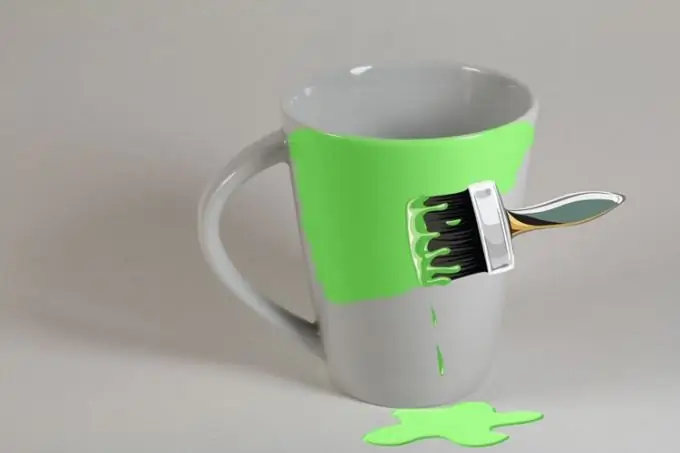A black-and-white photograph can be completely or partially converted into a color image using the tools of the Photoshop editor. The most obvious way to do this is to paint parts of the photo with a brush.

Necessary
- - Photoshop program;
- - black and white image.
Instructions
Step 1
Use the Open option of the File menu to load the black and white photo into a graphics editor. If necessary, open a suitable photo in Photoshop, which you can use as a reference for choosing colors.
Step 2
Make sure the image you are going to colorize is saved in RGB color mode. Information about the color mode is displayed at the top of the window in which the photo is open. If the picture is in Bitmap, Grayscale, Duotone or Indexed Color mode, convert the photo to RGB using the Mode group option in the Image menu.
Step 3
Use the Ctrl + Shift + N combination to paste a new layer over the image and change its blending mode with the image below to Color. This is easy to do by selecting the desired item from the drop-down list in the upper left area of the palette with layers.
Step 4
After turning on the Brush tool, click on the sample of the main color in the tool palette and select in the appeared palette a suitable shade for coloring one of the large details of the photo. If you have an image open in Photoshop as a color swatch, click on the area of the image that is painted in the desired color.
Step 5
Paint over an area in a black and white image with the selected shade. Paint over the entire object, not trying to go around small details. You will be able to process them with a different color on the layers that will be higher. For the area painted with a different color, add a new layer.
Step 6
After coloring three or four fragments in your document, a lot of layers of color are formed. In order not to confuse details, give each layer a name by which you can easily understand what is on it. To rename a layer, double-click on its name and enter a new name. You can use the Layer Properties option on the Layer menu and specify a new name in the Name field.
Step 7
In order not to paint over too much when processing small details, select them with the Lasso tool, making sure that the value of the Feather parameter in the settings of this tool is equal to zero.
Step 8
Unless you used different shades of color to paint highlights and shadows, the shaded areas in the processed image will look unnaturally gray. To change this, overlay an adjustment layer on the photo using the Color Balance option in the New Adjustment Layer group of the Layer menu. With the Shadows option enabled, adjust the colors in the shadows. If necessary, adjust the balance in the midtones and highlights by turning on the Midtones and Highlights options alternately.
Step 9
Use the Save As option on the File menu to save the color photo as a.jpg"






